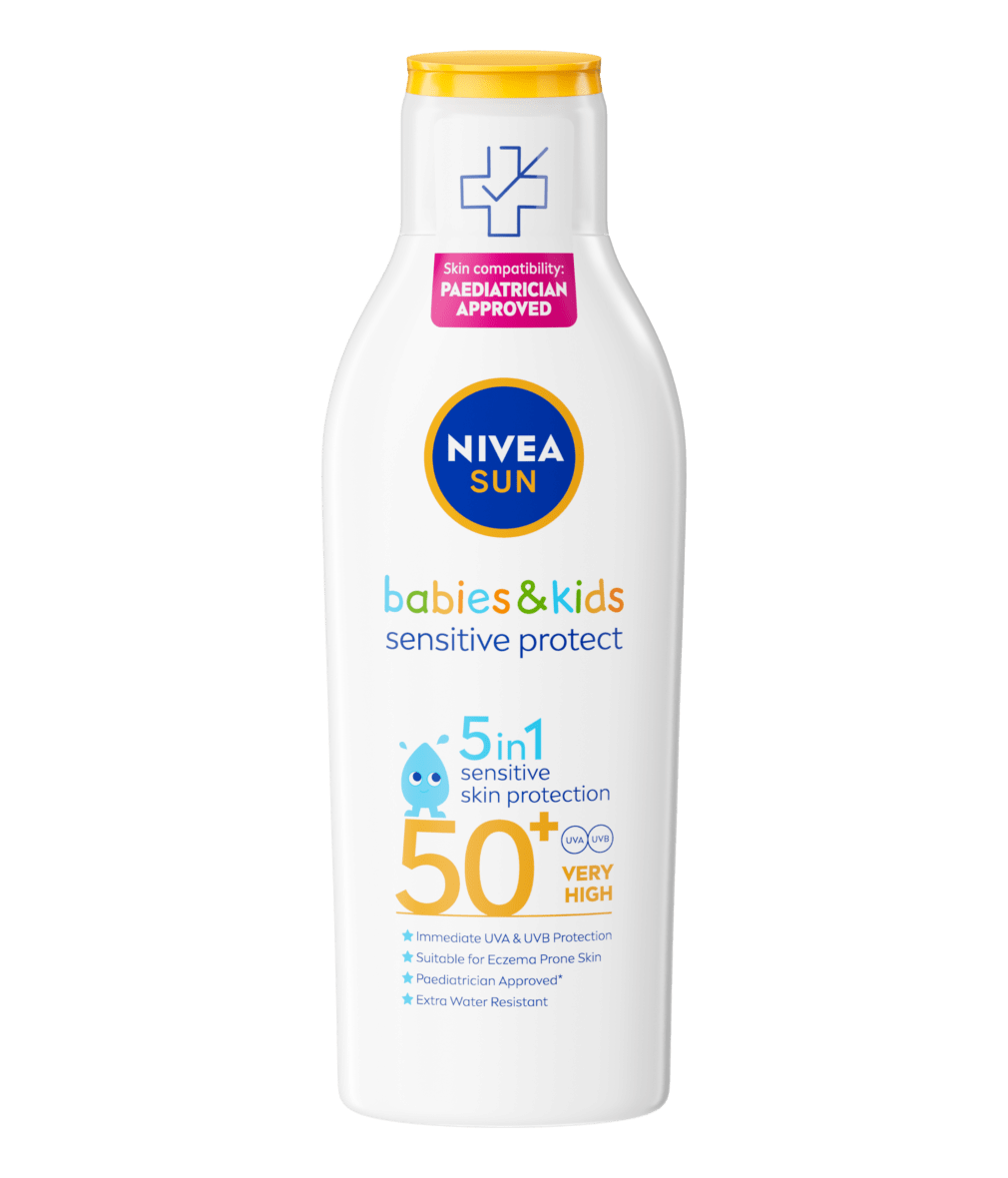Even if you take all the precautions above and pay extra attention to
sun protection, you may find a situation where
sunburn still occurs. Since baby
skin is thin and delicate, it burns easily, and accidents can happen. If they do, it helps to know why
sunburn happens, what to look out for, how to soothe this, and what to put on your baby’s face and body for treat
ment.
WHAT CAUSES SUNBURN?
When your little one spends too much time in the
sun – and is exposed to UV rays (UVB rays in particular) – the outer layer of the
skin can react with an inflammatory response, much like any other type of burn. Luckily,
sunburn is usually a first-degree burn, and rarely does it produce second-degree burns.
Sunscreen helps
protect against
sunburn by creating a
protective layer on the
skin with UV filters.
SIGNS OF SUNBURN
One of the dangers of
sunburn is that the
skin doesn’t typically show signs of redness and inflammation until about four to six hours after UV exposure. For up to 12 hours after, the
sunburn could
deepen and become more painful.
WHY AND WHEN IS SUNBURN AN EMERGENCY?
Sunburn doesn’t usually require any emergency treatments. Even when a burn is visibly red, warm, and causing pain, you can treat it at home. However, there are a few other symptoms that indicate a more serious sunburn.
Contact your child’s doctor or take your baby to A&E if you notice any of the following symptoms along with redness, inflammation, and pain:
- Blistering
- Fever or chills
- Confusion or lethargy
- Vomiting
- General malaise, irritability, or acting or feeling unwell (fussy).
Why are these symptoms of
sunburn in babies an emergency? These symptoms could indicate that your child is de
hydrated or has heatstroke, heat exhaustion, or
sun poisoning. In any of these cases, it’s important that your baby receives emergency medical
care.
TREATING SUNBURN
So, how do you treat
sunburn in babies? There are a few things that you can do to help soothe your little one’s
skin after a
sunburn.
- Hydrate to cool down. Sunbathing causes your baby to lose fluids, so it’s important to hydrate ASAP to cool down the body and skin.
- Stay in the shade. Move to the shade as soon as possible and stay out of the sun while the sunburn is healing, which can take several days.
- Use a cold compress. Many parents wonder how to treat sunburn on their baby’s face in particular. Using a damp cloth or cold compress soothes the skin all over the body and is gentle enough to help with any burns on the face. Use linen or cotton, repeat every few hours, and avoid using anything frozen – damaged skin is too sensitive for ice.
- Be gentle. Be careful not to irritate your baby’s skin further, so use gentle soap during bath time and dress your little one in soft, lightweight clothing.
A few things to avoid include using after-
sun products, as they utilise irritants like
cooling agents and fragrances that aren’t suitable for
sensitive baby
skin. It’s also important to let any blisters heal on their own, so be mindful not to pop any intentionally. Will baby lotion help
sunburn? Lotion won’t help treat
sunburn, but if the burn is mild, a little baby-safe lotion can help soothe dryness and add moisture.


